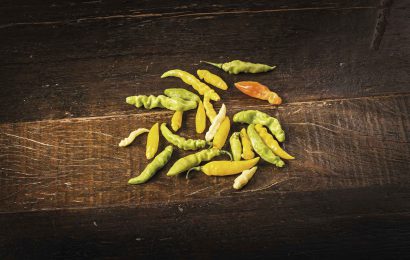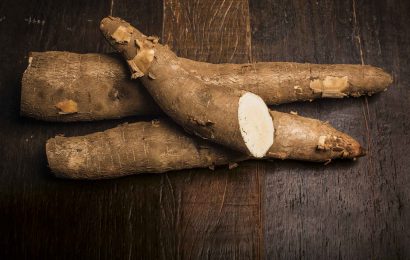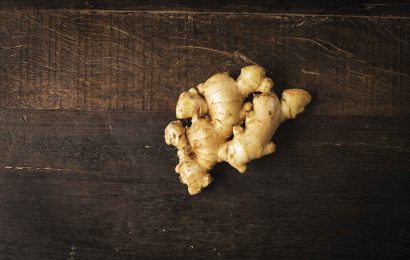Cocos nucifera L.
The landscape and the cuisine of Northeast region would not be the same without the omnipresence of the coconut plantations all across its coastline. Bahia, for example, would not have Cocadas (coconut candy bars), or Quindins (coconut and egg yolk custards); in Pernambuco, there would be no Souza Leão cake (custardy coconut and cassava cake). The white pulp extracted from the brown, hard, and thick husk of dried coconut can be used cut into chunks, grated, cut into flakes (called “ribbons”), or transformed into coconut milk, which is obtained by processing the coconut meat with hot water. In other parts of the country, the fruit is often used to make candy, ice creams, cakes, and at least two very popular delicacies: Manjar de coco (coconut blancmange), a classic homemade dessert, and Coquinho caramelado (caramelized coconut chunks), sold by street vendors. Widely used in Southeast Asia, coconut sugar started to become popular in Brazil recently, for its reputation as a great substitute for the refined sugarcane product, as it has a lower glycemic index. The product is coarser, with brown crystals, and the taste is remminscent of brown sugar.



